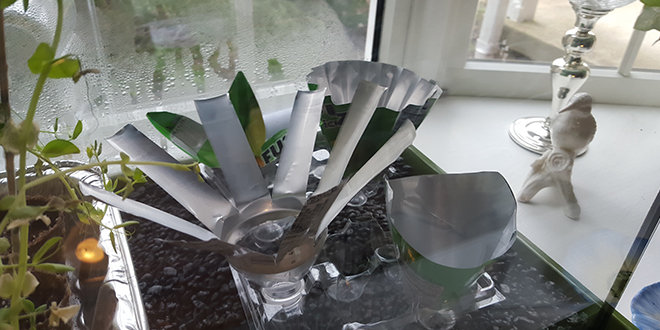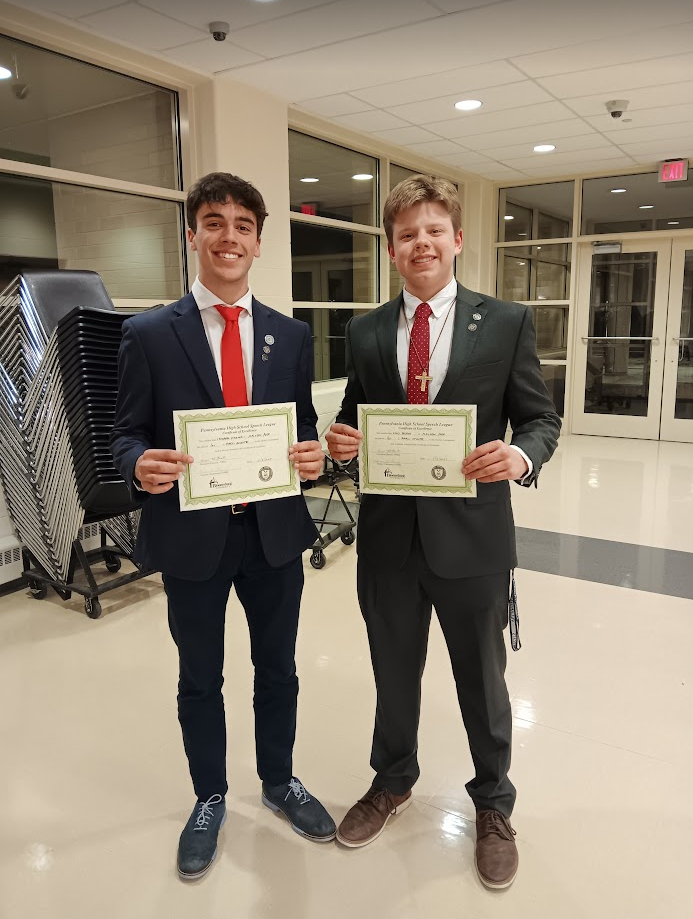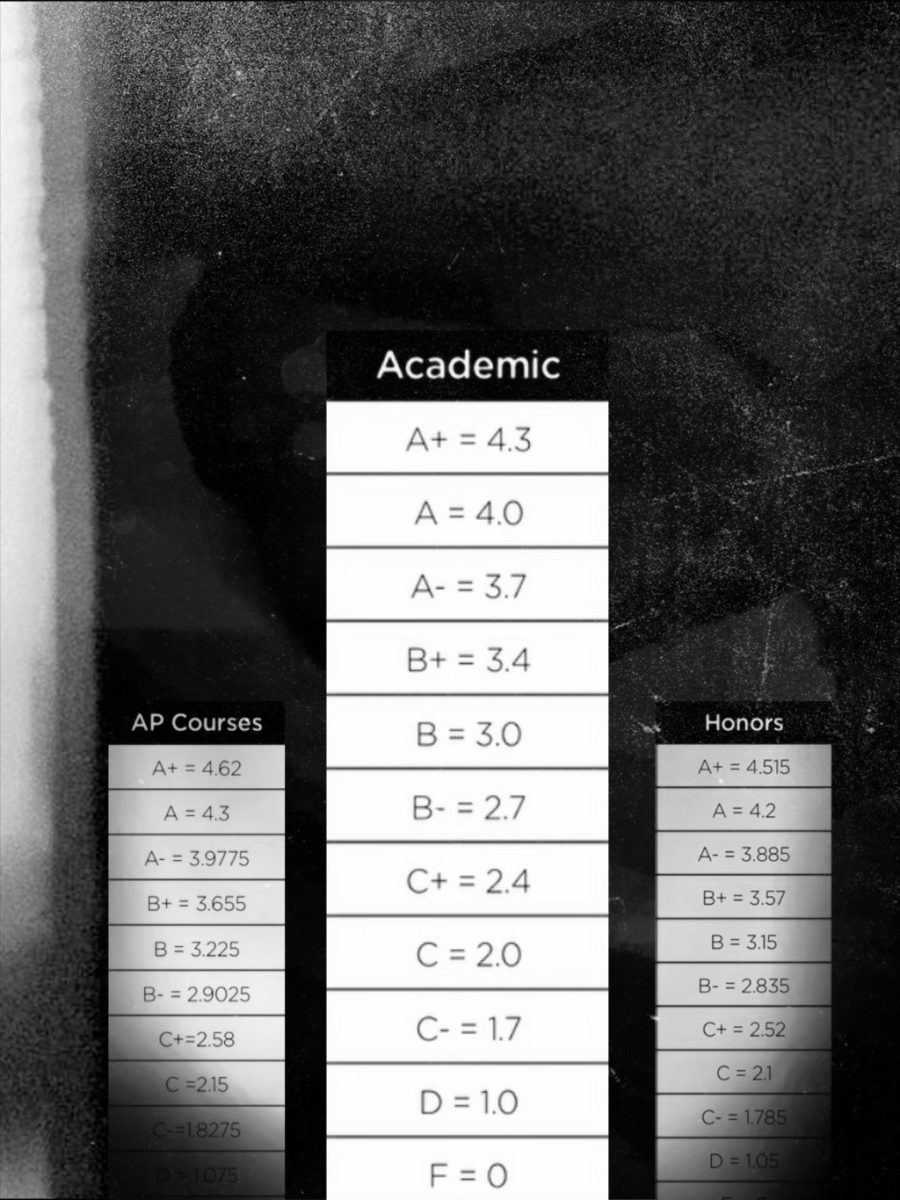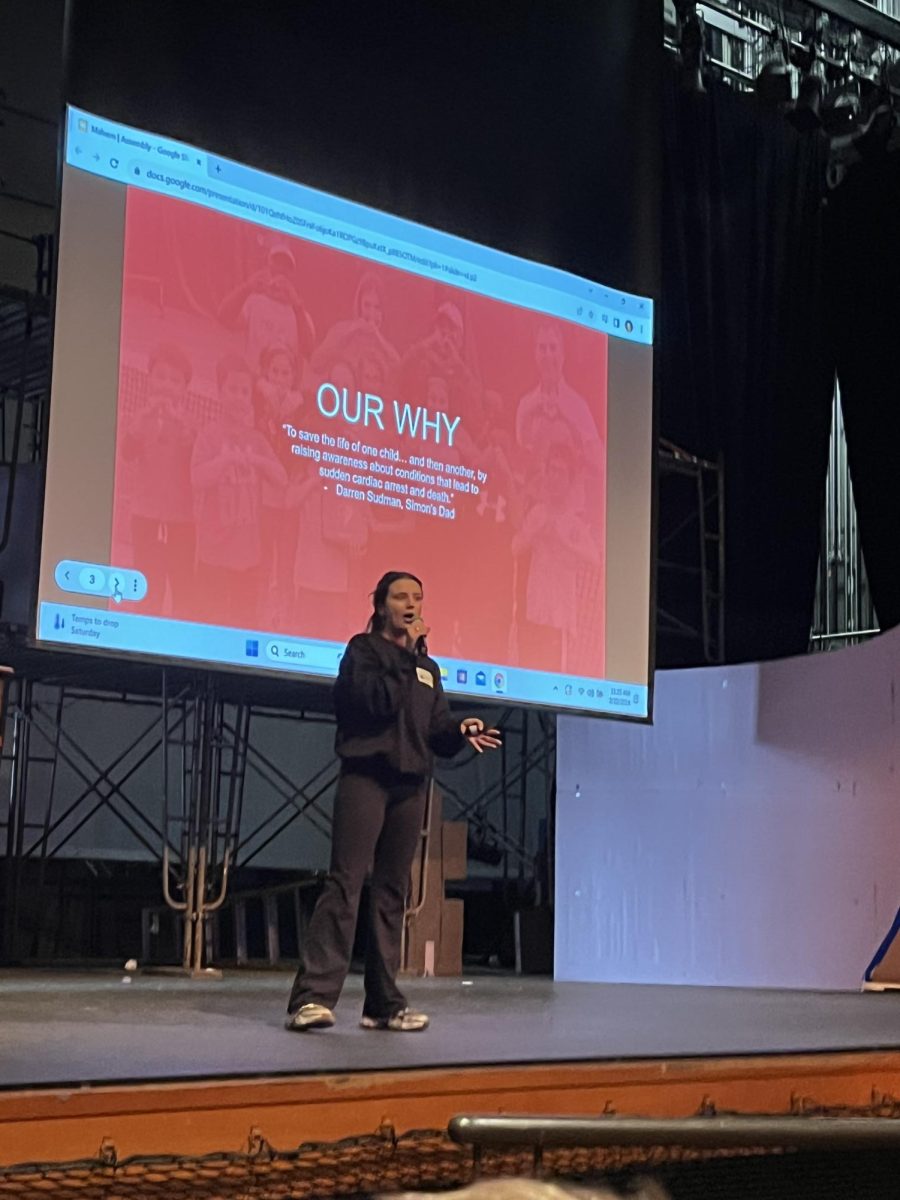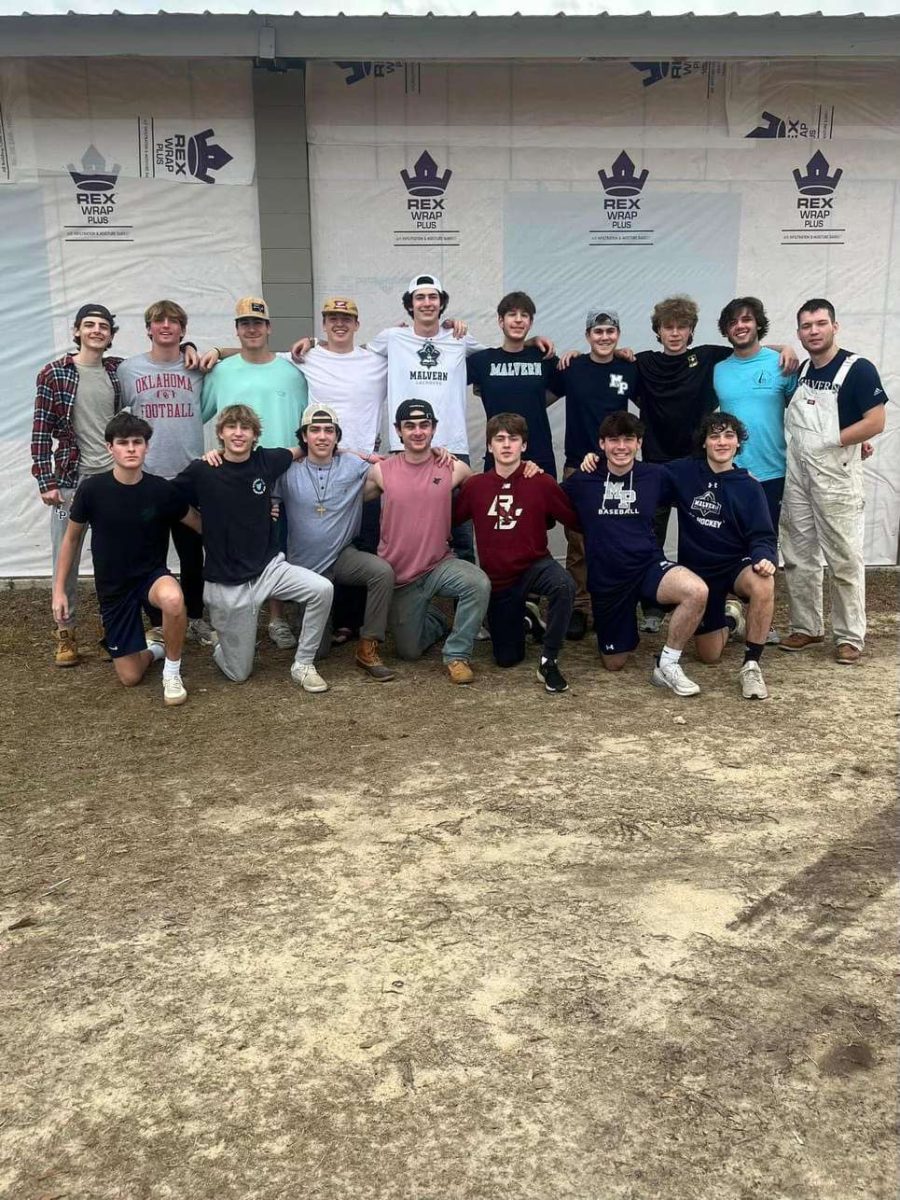Students’ work recognized by the US Navy, US Marine Corps, and the University of Pennsylvania.
On Thursday, March 31, juniors Zach DeStefano and Turner Emery, and freshman Adam Morys spent their day seeing their hard work come to fruition at the Delaware Valley Science Fair.

DeStefano won first place for his research in the 11th grade computer category at the local Chester County Science fair, and then won second place in the same category at the larger, 1,000-student Delaware Valley competition.
Emery won second place for his project in the 11th grade engineering category at the Chester County Science Fair, and then received an honorable mention at the Delaware Valley Fair.
Morys won second place in the ninth grade engineering category at the Chester County Science Fair.
The group separately won four special awards each given out by the US Navy and US Marine Corps, the University of Pennsylvania, the University of the Sciences of Philadelphia, and Arizona State University.
“I’m really excited about [the projects],” said Mrs. Anna Geider, Science Research teacher and Science National Honor Society moderator. “We want Malvern to be seen as a serious science school and by having all three students move forward shows quality.”
Morys’s project consisted of using Lego Robotics and his programming skills to track the International Space Station. This was the research recognized by the US Navy and Marine Corps.
His device used an open source program from NASA that gave the coordinates, velocity, and direction of the Space Station continuously.
Morys, using that as a function for position, wrote a program to control the motors of his Lego block and move the pointer in accordance with the function of the Space Station.
“It was a lot of work to find out how I was going to do this, but I enjoyed it,” Morys said.
Mr. Lou Osinski was set up as Morys’s mentor for the project because Morys worked on the project through the Science Research course. This was a need one fourth science credit elective where students learned about the scientific process and completing scholarly research.
Osinski was impressed by Morys’s work and effort throughout the process.
Osinski was set up with Morys to mentor him throughout the process, but Osinski said he really only helped guide Adam through some things and Adam did the rest himself.
Morys was inspired by his older brother who works as an engineer for the Air Force. Morys said his brother helped him come up with this idea that “combined engineering, programming, and space.”
Destefano’s project, on the other hand, originated from an AP Statistics project that was meant to apply the concepts of the construction of an unbiased survey. It was required to extend beyond the Malvern community, so Destefano went to the internet.

The project consisted of using a computer program to sift through tweets from 2013 and 2014 looking for “positive” and “negative” words, as determined by an up to date study that even included internet slang.
This program collected all of the positive tweets and negative tweets and sorted each group by location and year.
Destefano then compared the positive and negative states, according to his analysis program, to the 2013 and 2014 unemployment statistics, violent crime statistics, and various health statistics.
He found a strong correlation only between states with high unemployment and large numbers of negative tweets and vice versa – states with low unemployment had states with more positive tweets.
DeStefano worked with Mr. Kevin Quinn, Science Department Leader, and Geider to make the research presentable for the science fair. This step included paperwork, and other additional tasks, such as creating an abstract for the project.
Emery had been working on his project for multiple years before this. “I really like projects that are oriented in terms of problems that could have solutions that are capable of being discovered on a small scale test,” he said.
Emery used recycled aluminum cans to act as funnels to collect condensated water from plants in order to increase the length of their lives.
He tested multiple funnel designs sculpted each by cutting the cans in different ways. A “relatively dry” environment was simulated by containing the plants in a tank with a limited amount of provided water and a controlled amount of light.
The design pictured collected the most amount of water when the stem of the plant is placed in the center of the funnel. It collected an amount of water 800% (8 milligrams to 1 milligram) higher than would be collected without the funnel.
Emery found that this design worked best because it was strong enough to catch the most amount of water, and still stand, not allowing the weight of the water to cause the funnel to collapse.
Turner’s work was recognized by Arizona State University’s sustainability solutions initiative because of its effective resourcefulness.
“It’s sort of a secret we have this excellent science department,” Geider said. “We want to get our name out there so people say, ‘Hey, look at what Malvern Prep is doing in science.’”
The work from Emery, Destefano and Morys puts Malvern on the right track.
“By having three entries in the science fair, and having them all go forward it shows we may not have quantity, but we have quality,” Geider said.


